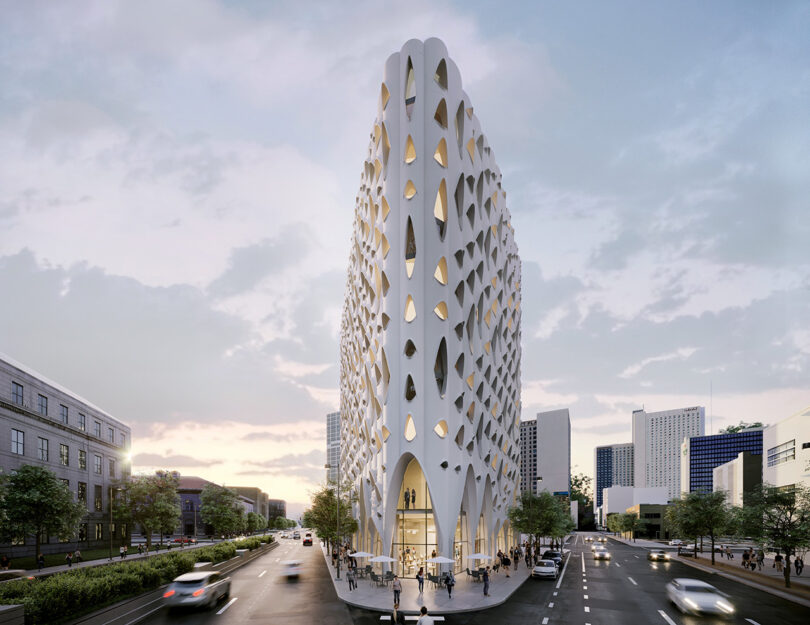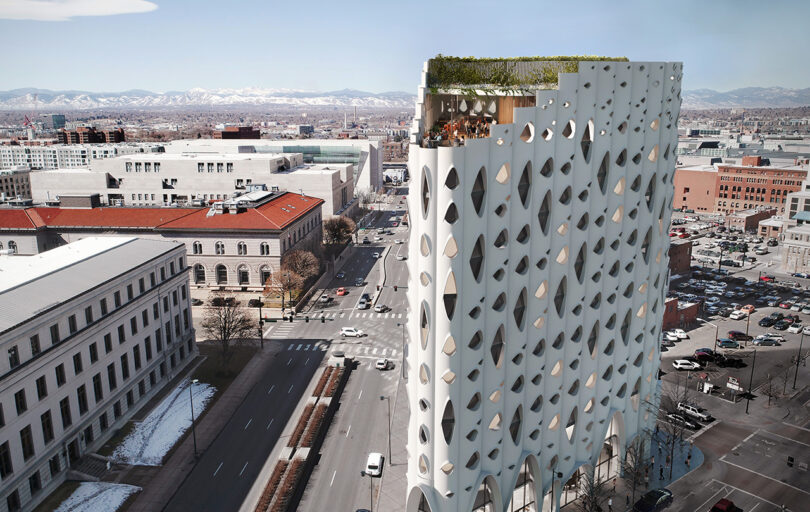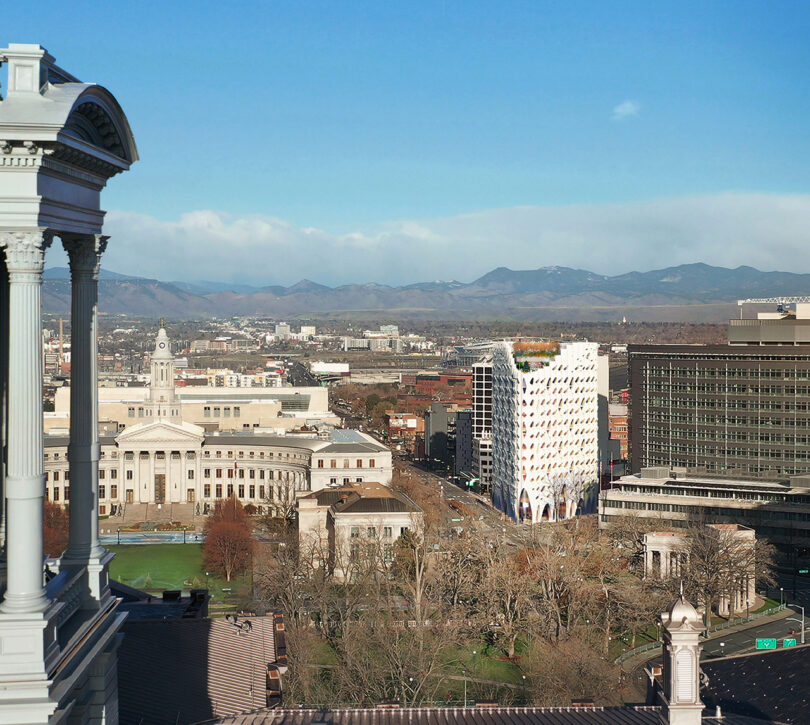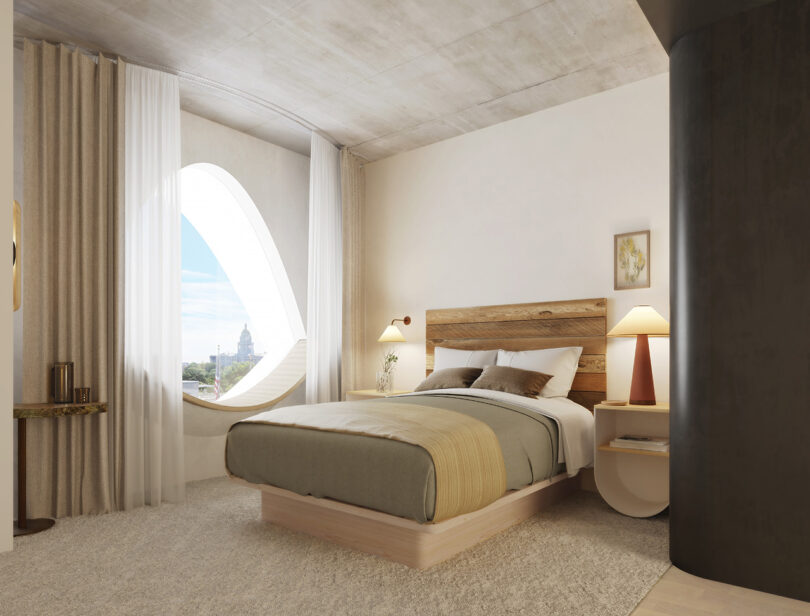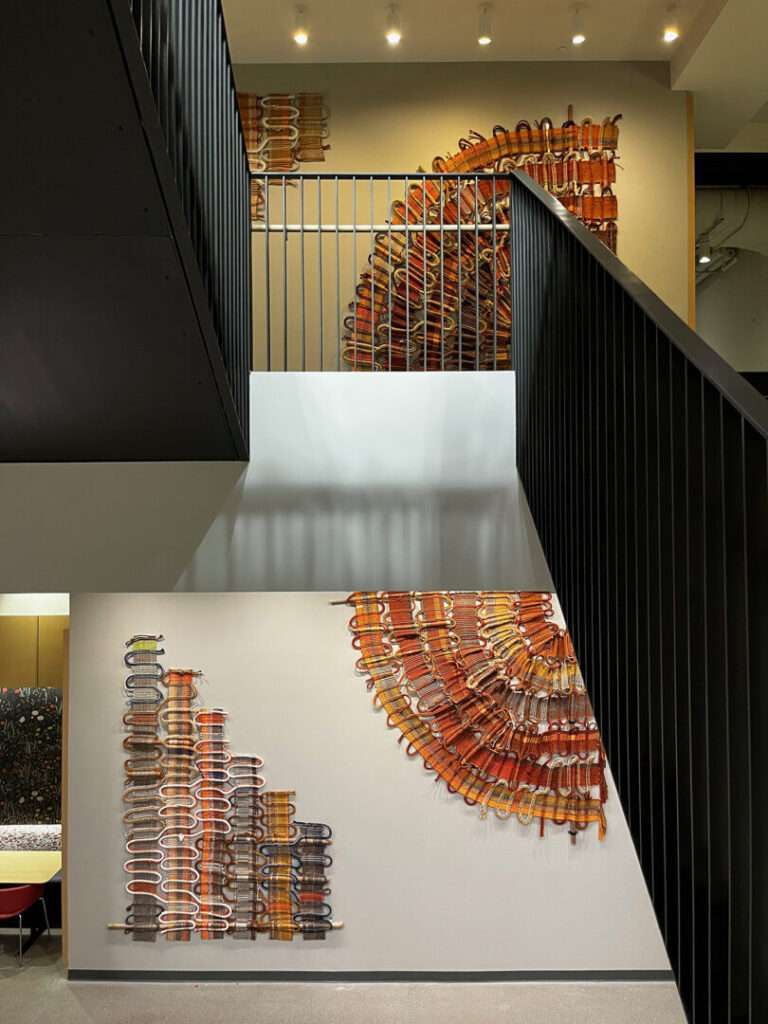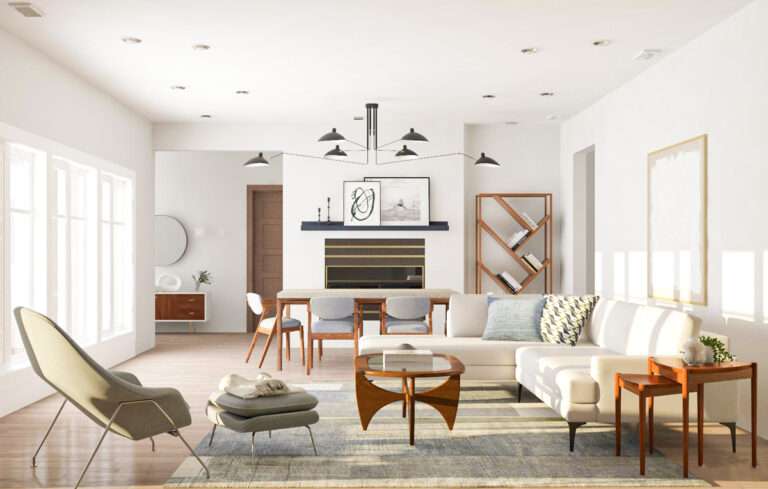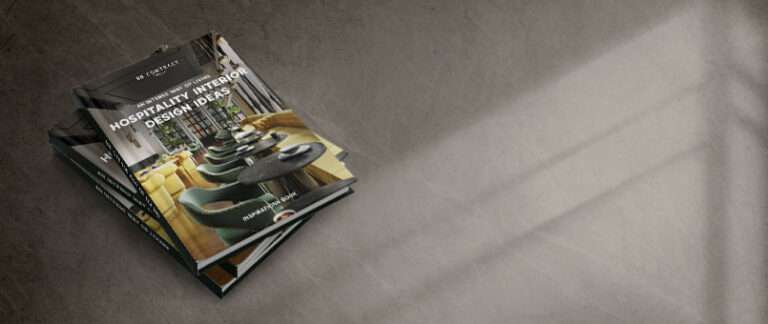You’ve probably heard of carbon neutral constructions – architectural projects promoted by designers, builders, and developers as a proactive countermeasure to the carbon emittance tied to new constructions and their lifelong impact upon a site. Such projects require a balancing act of calculations, costs, and choices made from start to completion. But what about a carbon positive building, specifically a hotel?
Scheduled for a 2024 opening in Denver, Colorado, Populus is set to become the first carbon positive hotel in the United States. The development purports to accomplish this feat by combining eco-progressive construction and thoughtfully chosen materials alongside collaborations with local agricultural and forest partners to sequester more carbon than the building emits throughout its lifecycle.
Designed by architecture firm Studio Gang, Populus will be constructed using low-carbon concrete mixes and high-recycled content materials while maximizing structural efficiency, using fewer finish materials, and minimizing waste to mitigate carbon emissions. The project’s carbon positive goals also factor in the sourcing/origin of materials used alongside the transport to the site, two carbon sources sometimes subtracted out of the carbon impact equation.
The towering perforated white hotel with a Flatiron Building wedge-styled footprint draws inspiration from the locale’s Aspen tree forests, with its unique windows imagined to echo the “Aspen eyes” of the trees while also optimized to aid in the climate control of the building in response to Denver’s varied climate. Studio Gang describes the texture and rhythm applied across the hotel’s facade as a structural means to “optimize the hotel’s interior, with ‘lids’ over each window extending slightly outward to offer shade indoors and improve energy performance.”
The hotel will feature 265 modern guest rooms, a ground floor restaurant, flexible event spaces, and a coffee bar within. Topping the construction will be the hotel’s signature rooftop bar and restaurant, one giving guests an unobstructed panoramic view of the Rocky Mountains, city skyline, and Civic Center Park.
Designed by Wildman Chalmers Design, Populus’ interiors are adorned with a palette inspired by the hues of the Mountain West, a warmly realized color scheme highlighted by the choice of complementary natural materials, undulating forms, and an Aspen-tree inspired theme complementing the building’s exterior elements.
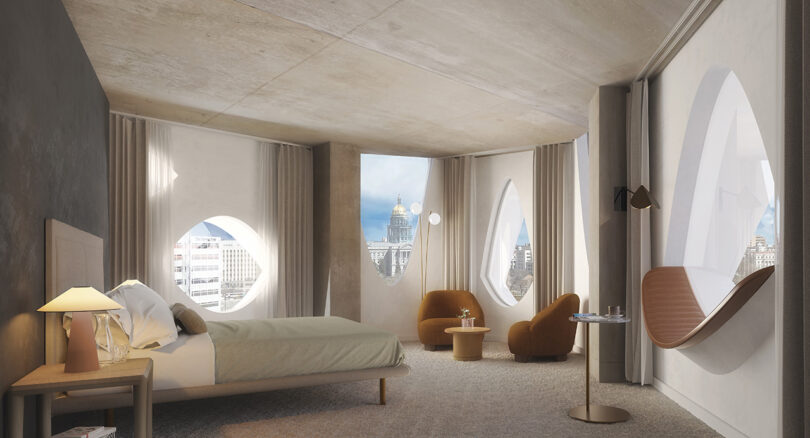
With sustainability a primary objective, Wildman Chalmers Design looked for consciously sourced materials to provide comfort and an inviting aesthetic.
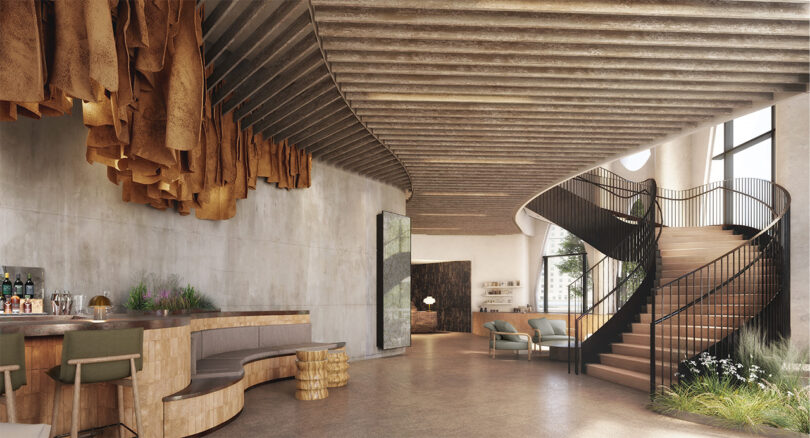
In theme with the hotel’s biophilic focus, the hotel will exhibit works curated by artist and environmentalist, Katherine Homes.
In reality, adaptive architectural reuse is the least environmentally impactful option when also factoring in the preservation of the historical context of a city/place. That said, new buildings will continue to be built, and projects such as Populus illustrate how proactive steps can be taken to serve the needs of not only the present, but in acknowledgment of the future, including planting over 70,000 trees in Gunnison County, Colorado in partnership with OneTree Planted vis-a-vis the United States Forest Service to re-introduce Engelmann Spruce to the surrounding landscape.
Populus will open in Denver in summer 2024.
